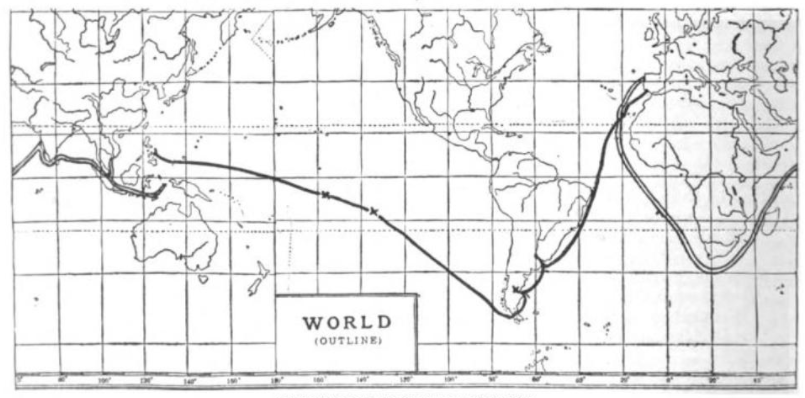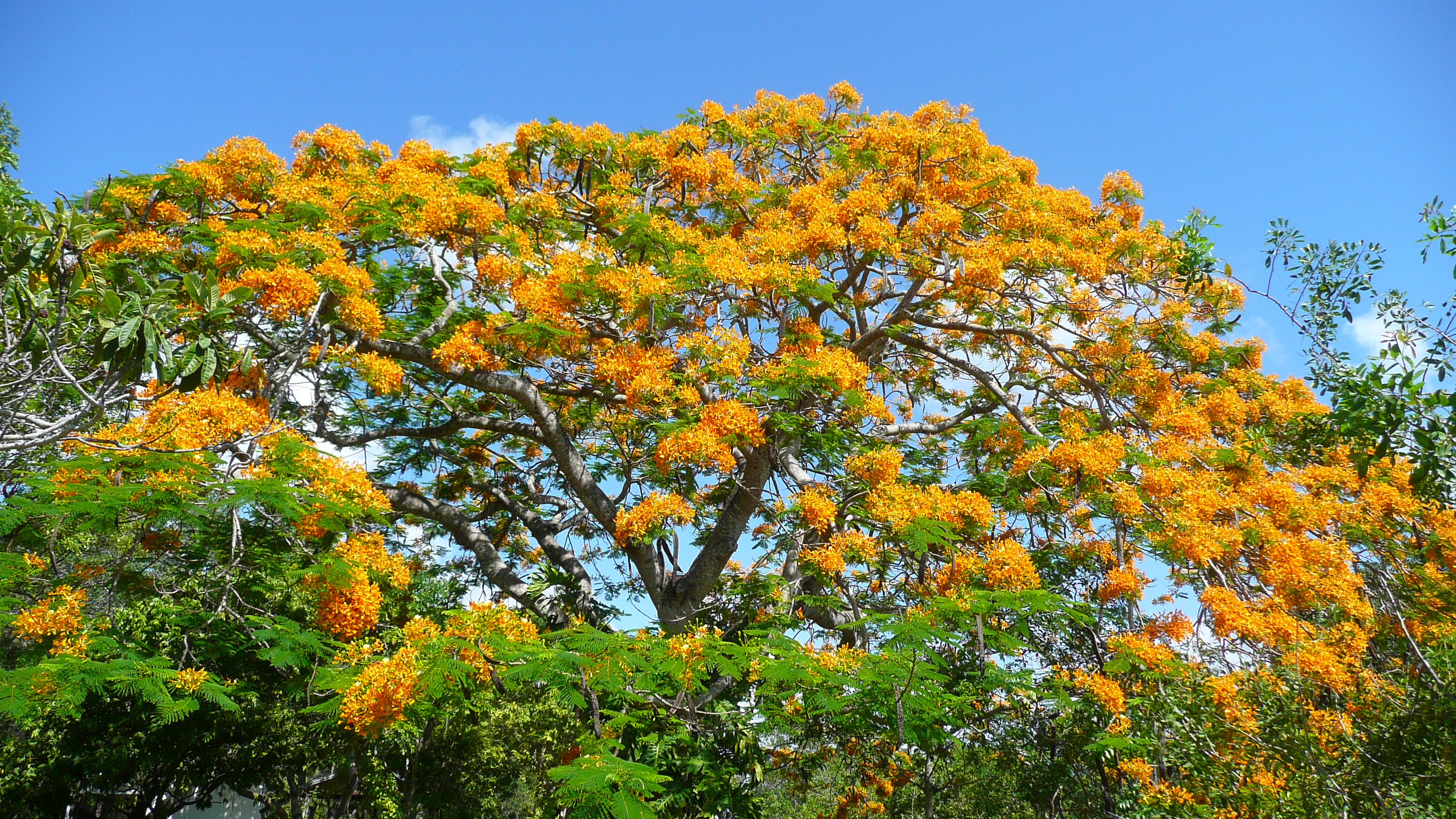|
Matalom
Matalom (IPA: ɐ'talom, officially the Municipality of Matalom (; ; ), is a municipality in the province of Leyte, Philippines. According to the 2020 census, it has a population of 32,586 people. Etymology It was said that the Spaniards once saw the flaming red of the flame trees that dotted the shores of Matalom Beach and the scenic Canigao Island and asked the natives the local dialect for "''hermosa''" or beautiful. The natives answered "Matahum" or "Matalom." This was the origin of the town's name. History Before Ferdinand Magellan discovered the Philippines, a sea-faring people lived along the banks of the Matalom River and also on the islet of Canigao (formerly Comigao). In the middle of the 19th century, the townspeople of Matalom constructed their own parish church, convent, school, and public buildings through their own efforts. These were all accomplished with the leadership of Spanish Friar Leonardo Celes Diaz and Capitan Calixto Pil believed to be the founder an ... [...More Info...] [...Related Items...] OR: [Wikipedia] [Google] [Baidu] |
Leyte (province)
Leyte (also Northern Leyte; ; Cebuano: ''Amihanang Leyte''; ), officially the Province of Leyte, is a province in the Philippines located in the Eastern Visayas region occupying the northern three-quarters of Leyte Island (with the remaining portion being the province of Southern Leyte). Its capital (and largest city) is the city of Tacloban, administered independently from the province, as well as the regional center of Eastern Visayas. Leyte is thus north of Southern Leyte, south of Biliran, and west of Samar Island. To the west across the Camotes Sea is the province of Cebu. The historical name of the Philippines, "''Las Islas Felipenas''", named by Spanish explorer Ruy López de Villalobos in honor of Prince Philip of Spain, used to refer to the islands of Leyte and Samar only, until it was adopted to refer to the entire archipelago. The island of Leyte is known as Tandaya during the 16th century. Leyte is also known as the site of the largest naval battle in mo ... [...More Info...] [...Related Items...] OR: [Wikipedia] [Google] [Baidu] |
Canigao Island
Canigao is an islet located in the Philippines, in the municipality of Matalom, Leyte. The area is known for abundant fishing grounds and scenic coral reef areas suitable for diving. Features Canigao Island is uninhabited, featuring a lighthouse as its only significant man-made structure. The beaches have white sand, with tropical sea creatures and extensive coral reef in the surrounding waters. The climate is tropical and similar to that found in other areas of the Philippine islands. These natural features often attract tourists and scuba divers, who arrive at the island by traveling from Matalom (in the province of Leyte). The western and northern part of Canigao island is placed under nature protection as a sanctuary. Due to this, activities such as swimming, diving, fishing, snorkeling, and boating in the protected areas are limited by law. [...More Info...] [...Related Items...] OR: [Wikipedia] [Google] [Baidu] |
Provinces Of The Philippines
In the Philippines, provinces ( or ) are one of its primary political and administrative divisions of the Philippines, administrative divisions. There are 82 provinces at present, which are further subdivided into Cities of the Philippines, component cities and Municipalities of the Philippines, municipalities. The local government units in the Metro Manila, National Capital Region, as well as Cities of the Philippines#Independent cities, independent cities, are independent of any provincial government. Each province is governed by an elected legislature called the Sangguniang Panlalawigan and an elected governor. The provinces are grouped into Regions of the Philippines, eighteen regions based on geographical, cultural, and ethnological characteristics. Thirteen of these regions are numerically designated from north to south, while the National Capital Region, the Cordillera Administrative Region, the Southwestern Tagalog Region (Mimaropa), the Negros Island Region, and the Ba ... [...More Info...] [...Related Items...] OR: [Wikipedia] [Google] [Baidu] |
Philippine Province
In the Philippines, provinces ( or ) are one of its primary political and administrative divisions. There are 82 provinces at present, which are further subdivided into component cities and municipalities. The local government units in the National Capital Region, as well as independent cities, are independent of any provincial government. Each province is governed by an elected legislature called the Sangguniang Panlalawigan and an elected governor. The provinces are grouped into eighteen regions based on geographical, cultural, and ethnological characteristics. Thirteen of these regions are numerically designated from north to south, while the National Capital Region, the Cordillera Administrative Region, the Southwestern Tagalog Region (Mimaropa), the Negros Island Region, and the Bangsamoro Autonomous Region in Muslim Mindanao are only designated by acronyms. Each province is a member of the League of Provinces of the Philippines, an organization that aims to add ... [...More Info...] [...Related Items...] OR: [Wikipedia] [Google] [Baidu] |
Regions Of The Philippines
In the Philippines, regions (; ISO 3166-2:PH) are Administrative divisions of the Philippines, administrative divisions that primarily serve to coordinate planning and organize national government services across multiple Local government in the Philippines, local government units (LGUs). Most national government offices provide services through their regional branches instead of having direct provincial or city offices. Regional offices are usually but not necessarily located in the city designated as the regional center. As of 2024, the Philippines is divided into 18 regions. Seventeen of these are mere administrative groupings, each provided by the president of the Philippines with a regional development council (RDC) – in the case of the Metro Manila, National Capital Region (Metro Manila), an additional Metropolitan Manila Development Authority, metropolitan development authority serves as the coordinating and policy-making body. Only one, the Bangsamoro, Bangsamoro Auto ... [...More Info...] [...Related Items...] OR: [Wikipedia] [Google] [Baidu] |
Ferdinand Magellan
Ferdinand Magellan ( – 27 April 1521) was a Portuguese explorer best known for having planned and led the 1519–22 Spanish expedition to the East Indies. During this expedition, he also discovered the Strait of Magellan, allowing his fleet to pass from the Atlantic into the Pacific Ocean and perform the first European navigation to Asia via the Pacific. Magellan was killed in battle in the Philippines and his crew, commanded by the Spanish Juan Sebastián Elcano, completed the return trip to Spain in 1522 achieving the first circumnavigation of Earth in history. Born around 1480 into a family of minor Portuguese nobility, Magellan became a skilled sailor and naval officer in service of the Portuguese Crown in Asia. King Manuel I refused to support Magellan's plan to reach the Moluccas, or Spice Islands, by sailing westwards around the American continent. Magellan then proposed the same plan to King Charles I of Spain, who approved it. In Seville, he married, fathere ... [...More Info...] [...Related Items...] OR: [Wikipedia] [Google] [Baidu] |
Delonix Regia
''Delonix regia'' is a species of flowering plant in the bean family Fabaceae, subfamily Caesalpinioideae native to Madagascar. It is noted for its fern-like leaves and flamboyant display of orange-red flowers over summer. In many tropical parts of the world it is grown as an ornamental tree. It is a non-nodulating legume. Although its country of origin was unknown, it had been in widespread cultivation for centuries. Finally, in 1932, a natural colony was discovered on the west coast of Madagascar by J. Leandri. Common names Its common names include " flame tree" (one of several species given this name), peacock flower, royal poinciana, flamboyant, phoenix flower, flame of the forest. The name ''poinciana'' comes from a genus it was once placed in named '' Poinciana'' after Phillippe de Longvilliers de Poincy, a French noble who once governed the Caribbean island of Saint Kitts. Description ''Delonix regia'' is a medium-sized deciduous tree that grows to about . The bark ... [...More Info...] [...Related Items...] OR: [Wikipedia] [Google] [Baidu] |
Philippines
The Philippines, officially the Republic of the Philippines, is an Archipelagic state, archipelagic country in Southeast Asia. Located in the western Pacific Ocean, it consists of List of islands of the Philippines, 7,641 islands, with a total area of roughly 300,000 square kilometers, which are broadly categorized in Island groups of the Philippines, three main geographical divisions from north to south: Luzon, Visayas, and Mindanao. With a population of over 110 million, it is the world's List of countries and dependencies by population, twelfth-most-populous country. The Philippines is bounded by the South China Sea to the west, the Philippine Sea to the east, and the Celebes Sea to the south. It shares maritime borders with Taiwan to the north, Japan to the northeast, Palau to the east and southeast, Indonesia to the south, Malaysia to the southwest, Vietnam to the west, and China to the northwest. It has Ethnic groups in the Philippines, diverse ethnicities and Culture o ... [...More Info...] [...Related Items...] OR: [Wikipedia] [Google] [Baidu] |
Municipality Of The Philippines
A municipality is a local government unit (LGU) in the Philippines. It is distinct from ''city'', which is a different category of local government unit. Provinces of the Philippines are divided into cities and municipalities, which in turn, are divided into barangays (formerly barrios). , there are 1,493 municipalities across the country. A municipality is the official term for, and the official local equivalent of, a ''town'', the latter being its archaic term and in all of its literal local translations including Filipino. Both terms are interchangeable. A municipal district is a now-defunct local government unit; previously certain areas were created first as municipal districts before they were converted into municipalities. History The era of the formation of municipalities in the Philippines started during the Spanish rule, in which the colonial government founded hundreds of towns and villages across the archipelago modeled after towns and villages in Spain. The ... [...More Info...] [...Related Items...] OR: [Wikipedia] [Google] [Baidu] |
Crime Index
Crime statistics refer to systematic, quantitative results about crime, as opposed to crime news or anecdotes. Notably, crime statistics can be the result of two rather different processes: * scientific research, such as criminological studies, victimisation surveys; * official figures, such as published by the police, prosecution, courts, and prisons. However, in their research, criminologists often draw on official figures as well. Methods There are several methods for the measuring of crime. Public surveys are occasionally conducted to estimate the amount of crime that has not been reported to police. Such surveys are usually more reliable for assessing trends. However, they also have their limitations and generally don't procure statistics useful for local crime prevention, often ignore offenses against children and do not count offenders brought before the criminal justice system. Law enforcement agencies in some countries offer compilations of statistics for various types ... [...More Info...] [...Related Items...] OR: [Wikipedia] [Google] [Baidu] |
Languages Of The Philippines
There are some 130 to 195 languages spoken in the Philippines, depending on the method of classification. Almost all are Malayo-Polynesian languages native to the archipelago. A number of Spanish-influenced creole language, creole varieties generally called Chavacano along with some local varieties of Chinese are also spoken in certain communities. The 1987 constitution designates Filipino language, Filipino, a de facto standardized version of Tagalog language, Tagalog, as the national language and an official language along with English language, English. Filipino is regulated by Commission on the Filipino Language and serves as a ''lingua franca'' used by Filipinos of various ethnolinguistic backgrounds. Republic Act 11106 declares Filipino Sign Language or FSL as the country's official sign language and as the Philippine government's official language in communicating with the Filipino Deaf. While Filipino is used for communication across the country's diverse linguistic gr ... [...More Info...] [...Related Items...] OR: [Wikipedia] [Google] [Baidu] |


